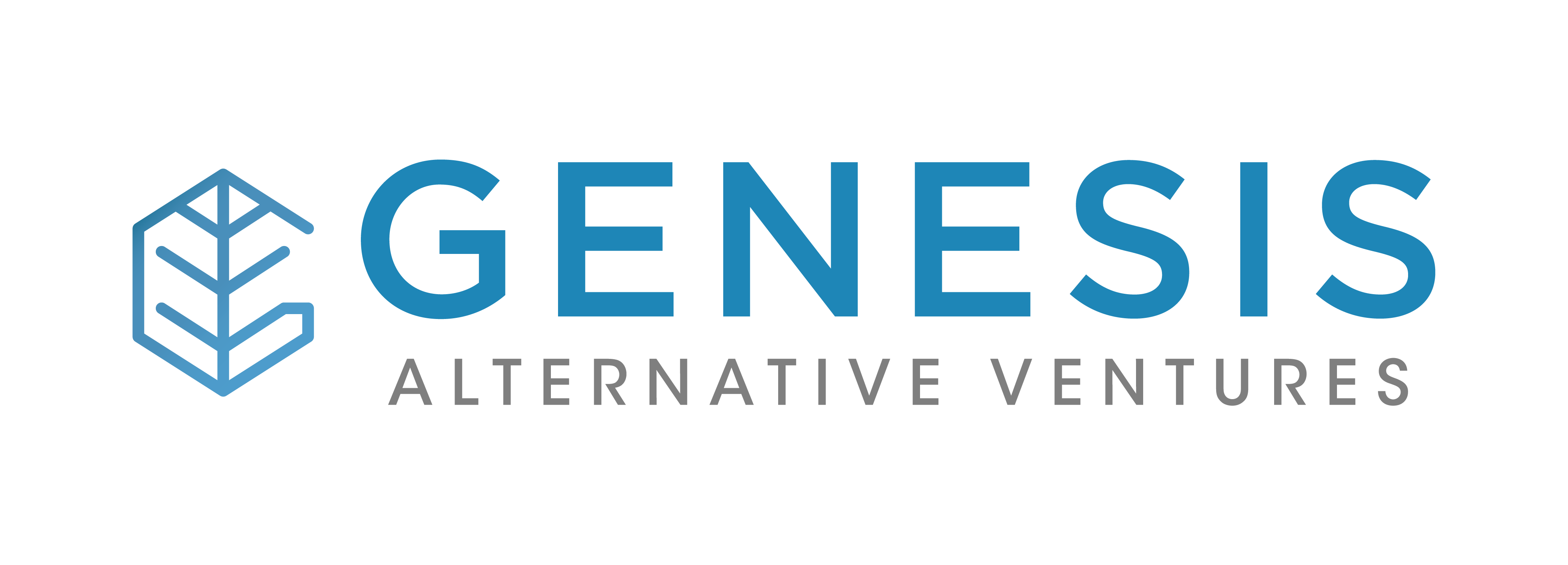Aonic: Revolutionizing Dronetech in Southeast Asia
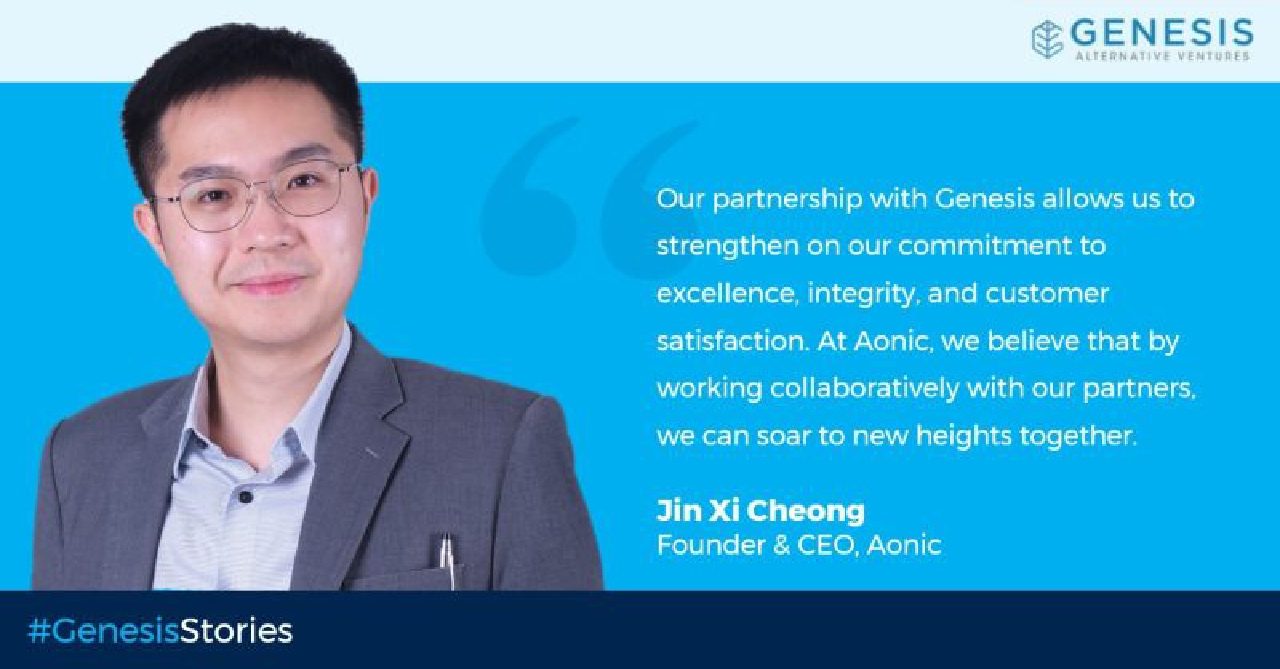
Aonic: Revolutionizing Dronetech in Southeast Asia
In an exclusive interview, Cheong Jin Xi (JX), the visionary founder of Aonic, formerly known as Poladrone shares insights into the company’s journey, challenges, competitive advantages, and future aspirations.
The agritech sector in Southeast Asia is undergoing a transformation, thanks to Aonic, formerly known as Poladrone. Founded in 2016 by Cheong Jin Xi (JX), the company recognized early on the potential in the agritech space and has remained steadfast in addressing its unique challenges.
Aonic secured a significant seed funding round from Wavemaker Partners, Malaysian Technology Development Corporation (MTDC), ZB Capital, Genesis Alternative Ventures, and others.
We sat down with JX to delve deeper into the company’s journey, drone technology, and its impact on the agricultural industry.
Can you tell us about the Aonic origin story?
My journey with drones began before the birth of Aonic when my passion for flying objects led me to pursue an aerospace engineering degree. Our initial goal was simple: to make drones accessible to everyone, hence the name ‘Poladrone,’ a playful blend of Polaroids and Drones. This ethos still defines our company today.
Initially, we offered basic photography services, but we quickly pivoted towards providing analytics services across various sectors, including agriculture, oil & gas, telecommunications, and surveying. We realized that the true value of drones lay in the data we could capture at scale. As our analytics solutions matured, we received feedback from customers highlighting a pressing issue: labor shortages, particularly in agriculture.
This insight drove us to develop two specialized agricultural spraying drones: Oryctes, designed for precise point-to-point spraying in oil palm plantations, and Mist Drone, tailored for blanket spraying in open field crops. These drones are complemented by our AI-assisted aerial mapping software, Airamap Desktop, and the Oryctes Flight App for seamless flight planning.
Over the years, we’ve sharpened our focus on the agricultural industry. While other segments like surveying and mapping remain lucrative, we see agriculture as our primary growth area. In Southeast Asia, farms continue to rely on slow, inefficient manual labor. The opportunity for impact is immense. Today, we’re dedicated to integrating ourselves into the agricultural value chain by establishing 3S (sales, service, and spare parts) centers across key agricultural areas.
What are some of the challenges you faced initially and how did you overcome them?
While drones are widely known, many still associate them primarily with photography and recreational use. Awareness regarding enterprise and agricultural drones is lacking. This lack of awareness is just the first hurdle; the subsequent customer journey involving affordability, usage, and support is also broken.
To address these concerns, we took an ecosystem approach. This led us to establish our 3S centers and, more recently, the Aonic App. Together, these elements form a physical and digital ecosystem, serving as our center of excellence, an information-sharing hub, and an after-sales support provider. In simpler terms, it’s where we educate our customers, provide financing options, offer training, and service their drones physically and digitally.
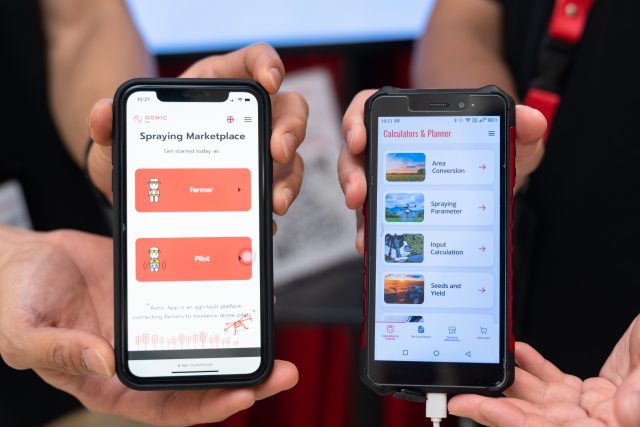
What competitive advantages does Aonic hold over other drone solution providers?
Aonic’s competitive edge is twofold:
Product: Our products are proprietary, backed by patents. We design and manufacture the electronics of our drones in-house. In contrast, many drone providers source components from China, leaving them vulnerable to supply chain disruptions and confined within distribution territories.
Strategy: As I mentioned earlier, we’re building an ecosystem. Beyond our 3S centers and Aonic App, having proprietary products enables us to seamlessly integrate our drones with our solutions. For example, we can link Airamap Desktop, Oryctes Flight App, and Oryctes Drone for a seamless flight experience. Many drone solution providers focus solely on hardware sales, neglecting the broader customer journey.
Can you share some specific examples of how Aonic has successfully helped enterprises enhance their operations?
Certainly, let’s consider Sime Darby Plantation as an example. Traditionally they relied on conventional pesticide spraying methods, which posed challenges in terms of consistency, productivity, and worker safety due to labor shortages and chemical exposure.
With our Oryctes drones, they witnessed significant improvements in efficiency, outperforming manual spraying methods by up to 8 times. Furthermore, they gained valuable insights into chemical usage, which brought them closer to their Sustainable Development Goals. This includes reducing deforestation by improving yield per hectare, upskilling local talents, and enhancing workers’ quality of life.
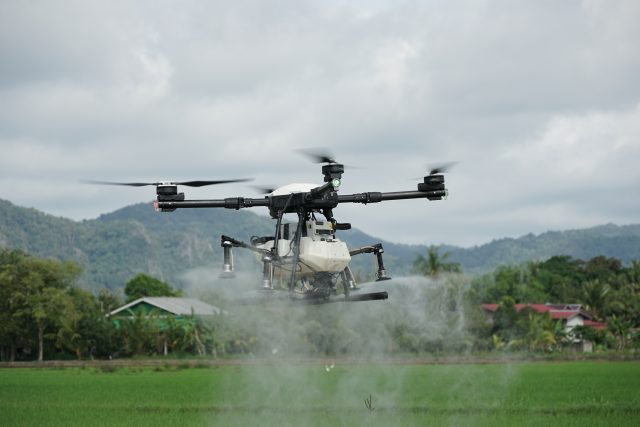
Now, let’s consider a smaller-scale success story featuring Encik Ab Rahim, a smallholder farmer managing a 5-hectare paddy field. While he had been aware of agricultural drones and their potential benefits for several years, it was the establishment of an Aonic 3S center nearby that prompted him to embrace this innovative technology.
The presence of the 3S center gave him the confidence that Aonic would provide the necessary long-term support, including spare parts, maintenance, and knowledge sharing. Furthermore, Encik Ab Rahim availed himself of Aonic’s financing program, a strategic initiative that substantially lowered the barriers to drone ownership. The added benefit of free maintenance served as a compelling incentive for him to make the leap towards drone-assisted farming.
The adoption of Aonic’s Mist Drone marked a pivotal moment in Encik Ab Rahim’s agricultural journey – introducing higher levels of consistency and precision to pesticide spraying, while effectively eliminating the irregularities associated with manual methods. This boost in efficiency translated directly into a significant increase in his income, from $2,000 to $3,000.
Beyond the financial gains, the Mist Drone also offered intangible benefits. Given that Encik Ab Rahim is over 60 years old, he was no longer required to laboriously wade knee-deep into the paddy fields for extended periods. Thanks to the capabilities of the Mist Drone, he could now effortlessly cover his entire field, saving both time and energy.
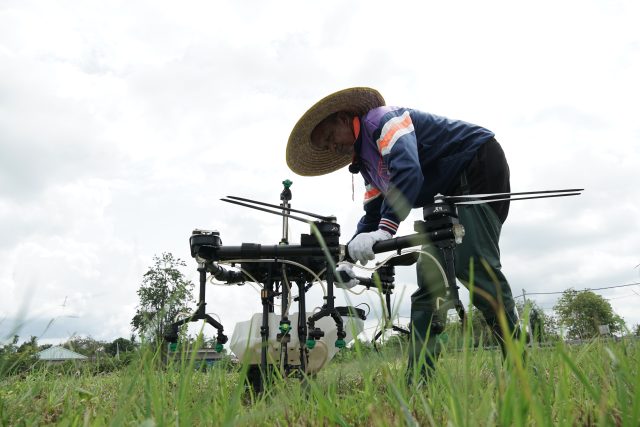
The story of Encik Ab Rahim serves as a testament to the real-world impact of Aonic’s agricultural drone solutions, underscoring their capacity to not only drive financial growth but also enhance the quality of life for smallholder farmers.
Looking into the future, what are some of the key areas of growth and expansion that Aonic envisions beyond its current offerings?
We see our growth driven by two main aspects: providing more value add and expanding our 3S centers.
We aim to broaden our horizons by venturing into other agricultural products, offering more value along the agricultural value chain. Our ultimate goal is to become a one-stop platform for all agricultural needs.
Our relentless commitment to 3S center expansion will continue for the next 2-3 years. Agriculture is built on trust, and being closer to the community strengthens that trust. In the coming 1-2 years, we plan to focus on Thailand and Vietnam, two of the top three global rice exporters, while further fortifying our presence in Malaysia.
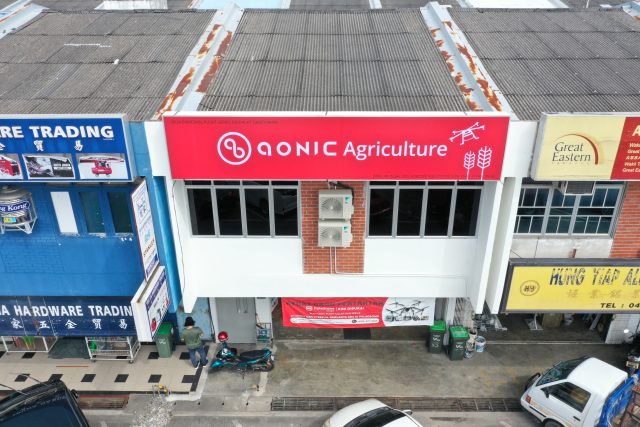
Can you share some insights into the team behind Aonic? What expertise do they bring to the table, and how does their collective experience contribute to the company’s success?
Our team operates on a fundamental principle: ensuring that our solutions offer sustainable value and sound unit economics, rather than pursuing unsustainable growth and burning through cash. Because of our financial prudence, we are already profitable.
We value team members with clear, logical thinking and a focus on execution, allowing each member to contribute according to their respective expertise. Moreover, we place a strong emphasis on past experience in traditional industries relevant to our services, such as agriculture and surveying. This enables our team to connect better with our customers.
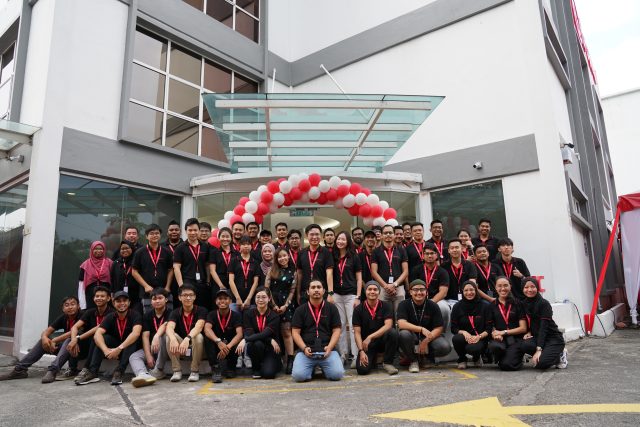
We believe in internal training and development rather than hiring from competitors, as it helps foster the right approach and culture towards the technology.
With the rapid advancements in drone technology, how does Aonic stay ahead of the curve in terms of innovation and adapting to changing industry trends?
Maintaining a growth mindset is key to staying ahead in the ever-changing drone industry. Being young and dynamic, the industry is constantly evolving, and we must adapt continuously to remain relevant.
Our unique advantage lies in our ability to closely collaborate with some of the most advanced drone companies in China. Many of our team members are fluent in Mandarin and work collaboratively across various departments, from commercial to operations and research & development. This provides us with a front-row seat to upcoming technology trends before they are shared globally.
As Aonic continues to spread its wings, expanding its 3S centers and venturing into new horizons, they’re proving that the sky’s not the limit; it’s just the beginning. So, stay tuned, because in this drone-driven world, Aonic is the company that’s taking agriculture to new heights, one flight at a time.
